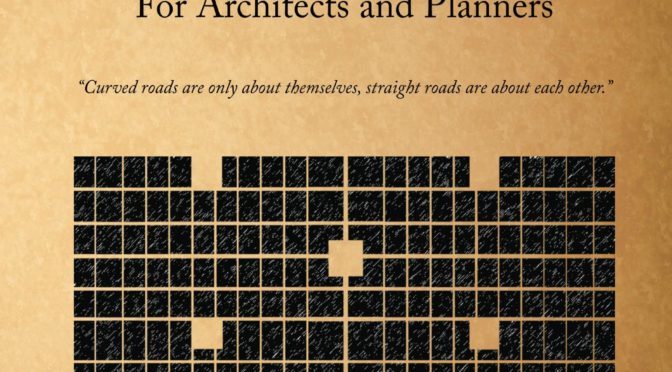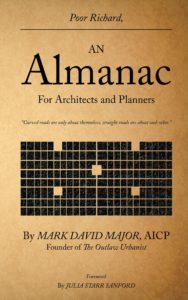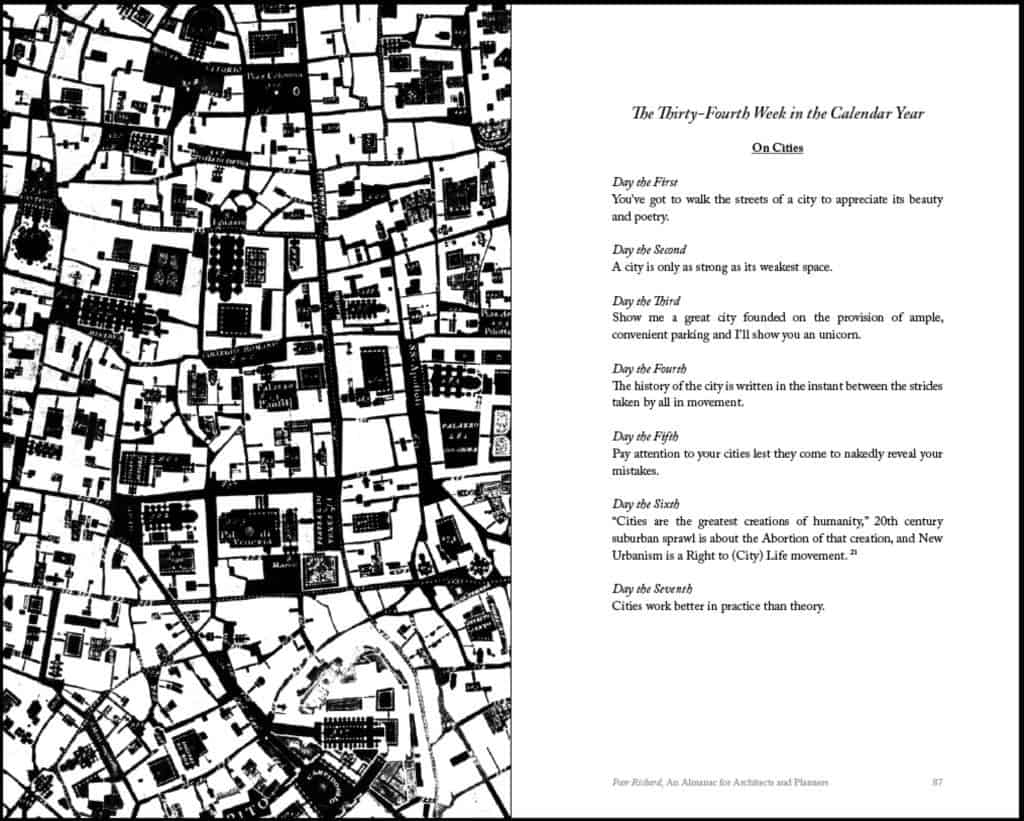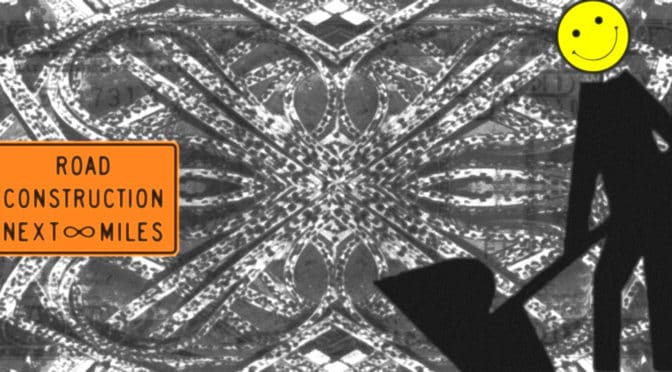The Insidious Landscaping-Agricultural Complex
by Dr. Mark David Major, AICP, CNU-A, The Outlaw Urbanist contributor
President Dwight D. Eisenhower’s warning “against the acquisition of unwarranted influence, whether sought or unsought, by the military-industrial complex” in his farewell address of January 17, 1961 is well-known. What is less well-known is this echoed a similar warning President Eisenhower gave in a speech to the Akron Woman’s City Club in Ohio one year earlier, in which he railed against “the undue influence of the emerging landscaping-agricultural complex in American suburbia.” Many have discounted this lesser-known warning due to suspicions that President Eisenhower might have been suffering from an acute case of panophobia (fear of everything) in the last year of his presidency.
However, as we gaze across Suburbia today, we have reason to believe that President Eisenhower’s warning about the emerging Landscaping-Agricultural Complex was not without merit. In suburban sprawl hell, somewhere in Northeast Florida, mindless minions in service to the orthodoxy of the Landscaping-Agricultural Complex are mulching street signs, fire hydrants, overflow pipes, and electrical transformers. Why? NOTE: These photographs were lost during The Outlaw Urbanist website migration in 2017 but, rest assured, what the article describes about excessive mulching was very real.
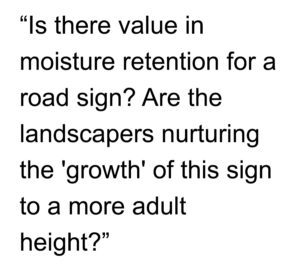 Is there value in moisture retention for a road sign? Are the landscapers nurturing the ‘growth’ of this sign to a more adult height? Or perhaps additional moisture will enable the speed limit to grow above its current 15 MPH level? Is this what occurred with the overflow pipe? Was it originally only six inches in height and, over time, the additional moisture retention of mulching around the pipe enabled its growth an imposing height of two feet? Fire hydrants certainly require water in order to operate (upper right) but I’m pretty sure mulching has nothing to do with how they get water. Finally, why mulch around an electrical transformer (lower right)? It sits on a concrete pad, which is already well-hidden by the grass. Surely this was the point of painting them green in the first place, so they would be less noticeable. Personally, I didn’t even know they existed until they mulched around the base (read: sarcasm).
Is there value in moisture retention for a road sign? Are the landscapers nurturing the ‘growth’ of this sign to a more adult height? Or perhaps additional moisture will enable the speed limit to grow above its current 15 MPH level? Is this what occurred with the overflow pipe? Was it originally only six inches in height and, over time, the additional moisture retention of mulching around the pipe enabled its growth an imposing height of two feet? Fire hydrants certainly require water in order to operate (upper right) but I’m pretty sure mulching has nothing to do with how they get water. Finally, why mulch around an electrical transformer (lower right)? It sits on a concrete pad, which is already well-hidden by the grass. Surely this was the point of painting them green in the first place, so they would be less noticeable. Personally, I didn’t even know they existed until they mulched around the base (read: sarcasm).
The only way I can rationalize this attribute of ‘mulching everything’ is the Landscaping-Agricultural Complex is artificially inflating the per square footage or volumetric costs of the amount of mulch used in this suburban community. Either that, or I am just not smart enough to understand the functional benefits of moisture retention in mulching inanimate objects.

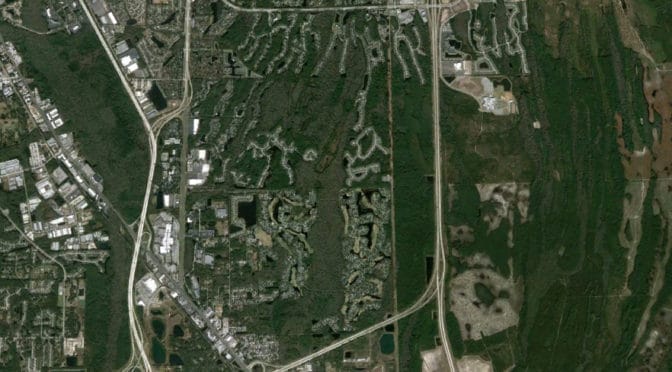

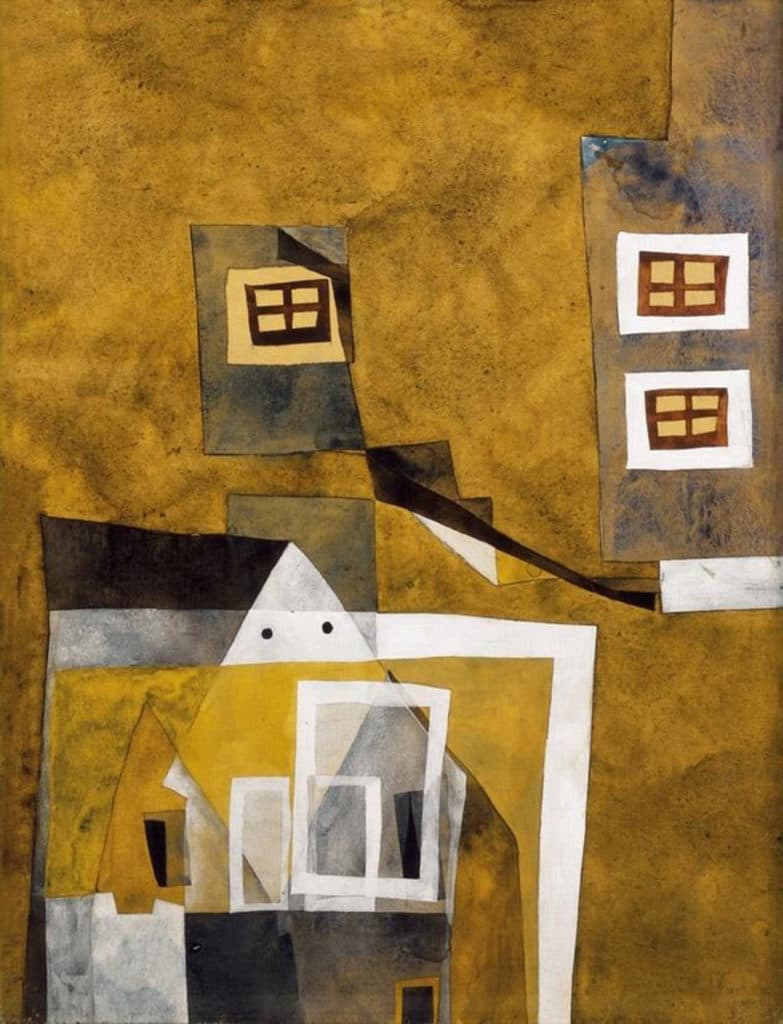
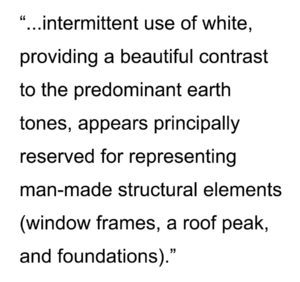 The intermittent use of white, providing a beautiful contrast to the predominant earth tones, appears principally reserved for representing man-made structural elements (window frames, a roof peak, and foundations). This embeds Floating Houses with a dialogue about the man-nature didactic. Interesting, the use of white (a symbol of purity) for representing these man-man structural components may suggest a positivist perspective on this subject within the composition.
The intermittent use of white, providing a beautiful contrast to the predominant earth tones, appears principally reserved for representing man-made structural elements (window frames, a roof peak, and foundations). This embeds Floating Houses with a dialogue about the man-nature didactic. Interesting, the use of white (a symbol of purity) for representing these man-man structural components may suggest a positivist perspective on this subject within the composition. About Lajos Vajda
About Lajos Vajda